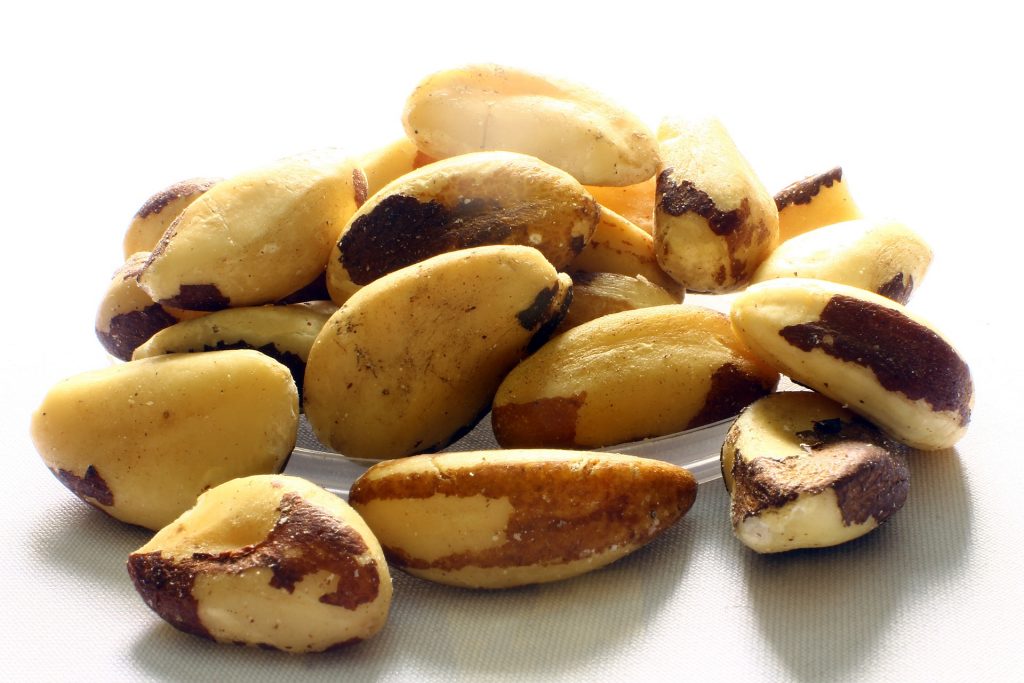 The governmental recommended intake for vitamins and minerals is based on the requirements that will satisfy the needs of the majority of the population. This is based on statistical calculations of the standard deviations of mean requirement. Therefore the recommended intake of vitamins and minerals will by definition not satisfy the entire population. In addition, the requirement is also based on satisfying the need to prevent an underlying deficiency disease, and not in any way based on the optimal intake for an individual#s health. As more is understood about genetic variation in metabolic regulation, it is becoming clear that a one size fits all nutrient recommendation is not the best strategy to provide optimal health to the population. Variation in the rate of metabolism and excretion of essential nutrients is one way that dietary intake requirement can vary between individuals and number of polymorphisms in genes involved in essential nutrient metabolism have been investigated.
The governmental recommended intake for vitamins and minerals is based on the requirements that will satisfy the needs of the majority of the population. This is based on statistical calculations of the standard deviations of mean requirement. Therefore the recommended intake of vitamins and minerals will by definition not satisfy the entire population. In addition, the requirement is also based on satisfying the need to prevent an underlying deficiency disease, and not in any way based on the optimal intake for an individual#s health. As more is understood about genetic variation in metabolic regulation, it is becoming clear that a one size fits all nutrient recommendation is not the best strategy to provide optimal health to the population. Variation in the rate of metabolism and excretion of essential nutrients is one way that dietary intake requirement can vary between individuals and number of polymorphisms in genes involved in essential nutrient metabolism have been investigated.
For example, researchers have investigated the metabolism of selenium to the trimethylselenium ion, the latter being a common selenium metabolite in humans. The researchers measured the blood selenium and urinary trimethylselenium in a group of adults and children from Bangladesh. The subjects were considered to have poor selenium levels, with urinary selenium levels below 6.4 μg/L in the adults and 14 μg/L in the children. A third group of adults from Argentina with adequate selenium status (>24 μg/L urinary selenium) were also assessed. The researchers found that certain individuals (trimethylselenium producers) had urinary levels of trimethylselenium that constituted 10 to 70 % of urinary selenium. In contrast, some (non-producers) had urinary levels of trimethylselenium that constituted 0.59 % of selenium. The trimethylselenium produces had on average level of urinary selenium excretion that were 2 μg higher than non-producers, indicating a significantly higher excretion of selenium.

Selenium metabolism may vary considerably between individuals. Certain individuals have a propensity to convert selenium into trimethylselenium and this may increase their requirement for dietary selenium. Brazil nuts are a rich source of selenium.
Of the Bangladeshi women with low selenium status, one third were trimethylselenium producers, whereas of the Argentinian women with adequate selenium status only 3 of the 83 women were trimethylselenium producers (3.61 %). Comparison of the Bangladeshi women with their children showed a strong genetic influence, with a high likelihood of inheritance of the trimethylselenium producing characteristic from mother to offspring. Single nucleotide polymorphisms (SNPs) in the indolethylamine N-methyltransferase gene (INMT) were strongly associated with the percentage of trimethylselenium in the urine. These results suggest that certain individuals have genetic propensity for metabolism of selenium to trimethylselenium, and this may affect the selenium status of the individual. Clearly the dietary intakes of selenium would be significantly different in order to meet the requirements of these individuals. This makes a mockery of the one size fits all recommended intake.
Eat Well, Stay Healthy, Protect Yourself
RdB
